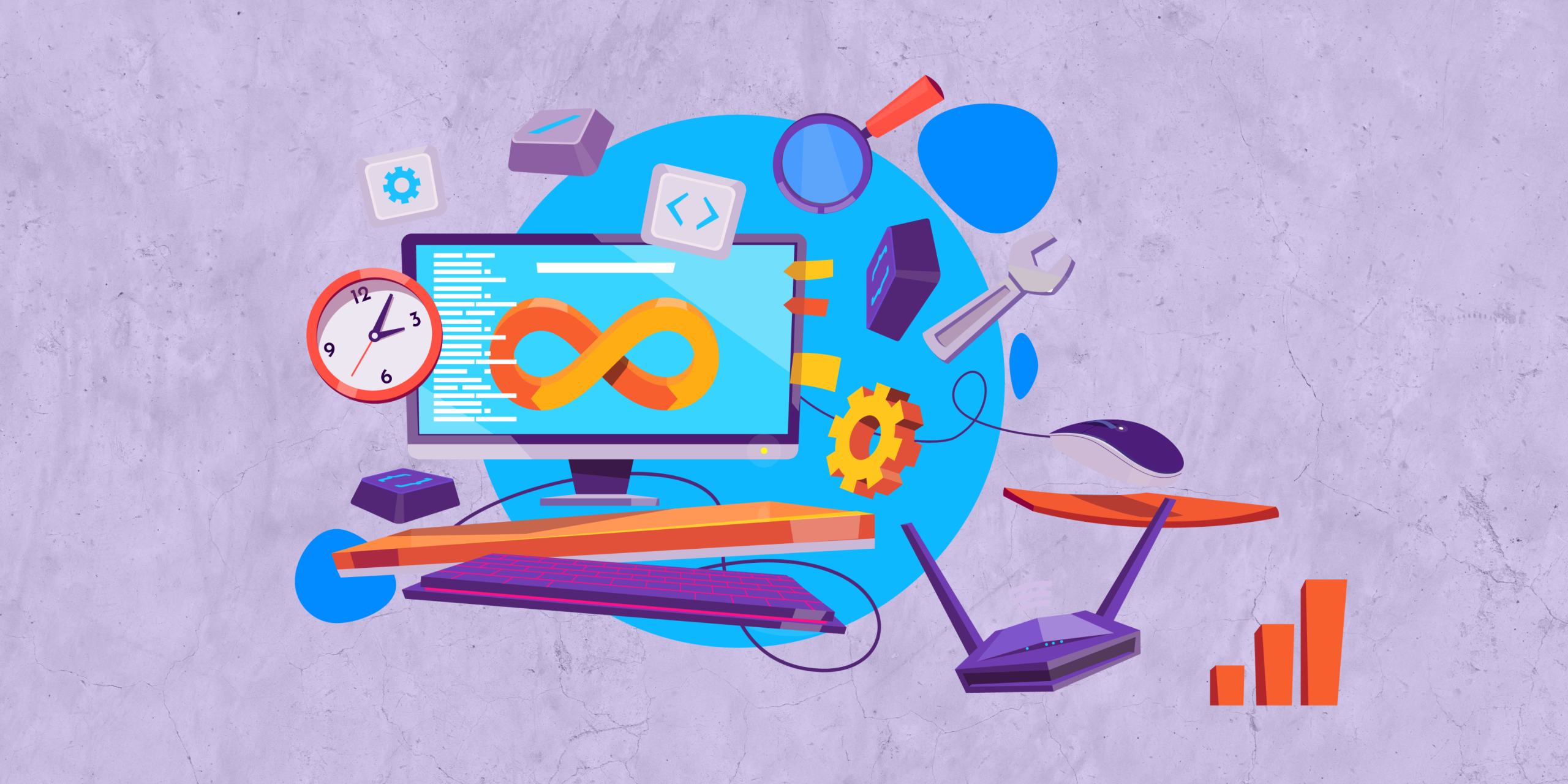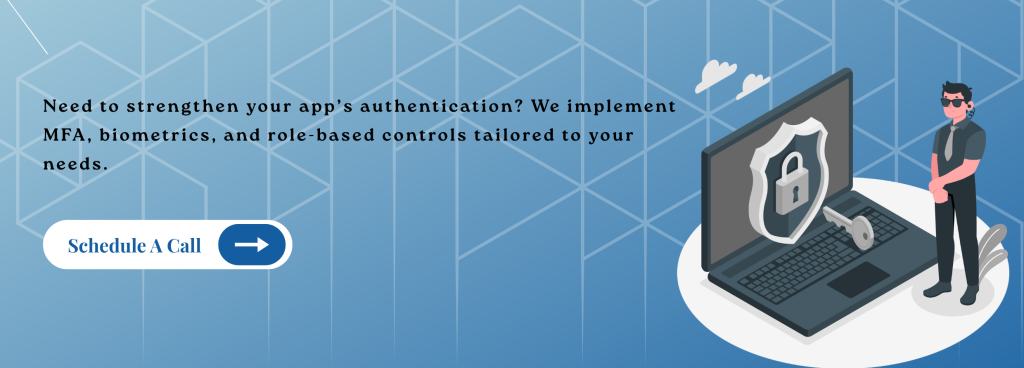
Mobile applications have become the front door to businesses across industries. They handle payments, store customer data, facilitate communication, and manage sensitive business workflows. Yet with this power comes risk. In 2026, cyberattacks against mobile apps will grow more frequent and sophisticated. Data breaches do not only cause financial damage – they erode trust, invite regulatory penalties, and sometimes destroy brands entirely.
App security is no longer a technical checkbox; it is a strategic necessity. But, the good news is that most mobile app security risks can be prevented when businesses adopt the right measures early in the lifecycle.
This article highlights top security measures every app owner must know – from authentication to monitoring – and how businesses can implement them effectively. Along the way, we will also explain how CodingWorkX’s secure app development services help organizations deploy apps that are not only functional but also secure and compliant.
Security Measure 1: Strong Authentication and Access Controls
Password-only authentication is no longer sufficient. Weak or reused passwords remain one of the biggest causes of breaches. Apps that allow broad admin access without role-based controls expose themselves to insider misuse and accidental leaks.

The solution:
- Implement multi-factor authentication (MFA) combining something the user knows (password), something they have (OTP, token), and something they are (fingerprint, facial recognition).
- Deploy biometric authentication to streamline security without compromising user experience.
- Adopt role-based access control (RBAC) so administrators, employees, and customers have access only to what they need.
- Regularly audit access logs to detect anomalies.
A fintech app, for example, should never let customer support agents access sensitive banking details without safeguards. Authentication layers must scale with risk. At CodingWorkX, we design custom authentication workflows aligned with your industry’s requirements – from healthcare HIPAA compliance to finance-grade authentication systems.
Security Measure 2: End-to-End Data Encryption
Data breaches often occur not when systems are hacked but when data is transmitted or stored in plain text. Attackers intercept unencrypted data traveling between apps and servers or exploit unsecured local storage.
The solution:
- Use AES-256 encryption for data at rest.
- Enforce TLS 1.3 for data in transit, covering API calls and network communications.
- Encrypt sensitive data stored on devices, such as tokens or cached files.
- Rotate encryption keys regularly and store them securely.
Consider healthcare apps that transmit patient records. Without encryption, even Wi-Fi sniffing can expose private information. With encryption in place, intercepted data remains unreadable. At CodingWorkX, encryption is a foundation, not an add-on. We integrate advanced cryptography protocols into every deployment, ensuring users trust your platform with their most sensitive information.
Security Measure 3: Secure API Management
Modern apps depend on APIs for payment gateways, social logins, data synchronization, and integrations with CRMs or ERPs. Unsecured APIs become backdoors for attackers, exposing entire systems.
The solution:
- Require token-based authentication for all API requests.
- Implement rate limiting to block denial-of-service (DoS) attacks.
- Use API gateways to monitor and control traffic.
- Enforce strict input validation to prevent injection attacks.
- Regularly audit third-party APIs, since vulnerabilities in external services can compromise your app.
We build API-first architectures with built-in monitoring and threat detection so vulnerabilities are caught before they escalate
Security Measure 4: Regular Security Testing and Code Audits
Many apps launch with hidden vulnerabilities because testing is rushed. Worse, developers often rely on open-source libraries that contain known exploits. Without regular audits, these weaknesses remain undetected until they are exploited.
The solution:
- Conduct penetration testing to simulate real-world attacks.
- Use static application security testing (SAST) to scan code for vulnerabilities before deployment.
- Perform dynamic application security testing (DAST) to analyze running applications.
- Audit all third-party libraries and frameworks for outdated or insecure versions.
At CodingWorkX, we make audits continuous – not just pre-launch. Every update goes through a rigorous security check, so you remain confident in long-term resilience.
Security Measure 5: Secure Data Storage and Database Protection
Data leaks often occur because sensitive data is stored in plain text or databases are misconfigured. Cloud-based storage without proper access policies has caused some of the most damaging breaches in the past decade.
The solution:
- Encrypt databases and sensitive fields.
- Restrict access with least privilege policies – only the minimum required.
- Enable regular automated backups with secure storage.
- Monitor databases for unusual activity, such as mass exports.
Real-world breaches have shown how exposed cloud buckets or open databases can leak millions of user records. At CodingWorkX, we architect databases with compliance and encryption baked in. Whether your app stores customer health records, payment data, or geolocation logs, we ensure storage aligns with the highest standards.
Security Measure 6: Compliance with Global Regulations
Even if your app is technically secure, failing to meet compliance standards can result in heavy fines and reputational damage. Regulations differ by industry and geography. An app available globally must handle GDPR in Europe, HIPAA in the United States, PCI DSS for payments, and other regional frameworks.
The solution:
- Map where your app operates and align with relevant laws.
- Implement data minimization – collect only what is required.
- Provide user consent and opt-out options.
- Maintain audit trails for regulators.
We integrate compliance into development and build apps with global standards in mind to ensure you never scramble after launch to catch up with regulators.
Security Measure 7: Continuous Monitoring and Incident Response
Security threats evolve constantly. An app that is safe today may be vulnerable tomorrow. Without ongoing monitoring, businesses cannot react quickly enough to prevent damage.
The solution:
- Deploy real-time monitoring tools that flag anomalies immediately.
- Set up SIEM (Security Information and Event Management) systems for log analysis.
- Establish incident response playbooks so teams know exactly how to react.
- Run drills to test readiness for breaches.
For example, an e-commerce app detecting unusual payment activity must flag and block it in seconds. Without monitoring, attackers could exploit vulnerabilities for hours. At CodingWorkX, we combine automated monitoring with human oversight, ensuring clients stay protected around the clock.
Preparing Your App for Long-term Security
Security is not a one-off investment; it is a continuous process. App owners must:
- Train teams on secure practices.
- Budget for regular updates and audits.
- Adopt a DevSecOps culture where security is embedded into every stage of development.
At CodingWorkX, we provide end-to-end security lifecycle support – from initial design to post-deployment monitoring. Our approach blends proactive engineering with compliance alignment, giving app owners peace of mind that their platforms will remain secure as they grow.
Conclusion
Building secure mobile apps is not just optional. Rather, it is about protecting your users and business from day one of development. Owners who treat it as an afterthought expose themselves to breaches, fines, and lost users. On the flip side, those who prioritize it from day one, build apps that inspire confidence and get a competitive edge.
The above listed 7 measures- authentication, encryption, secure APIs, testing, storage, compliance, and monitoring – are not theoretical. They are practical steps that every business must implement. The challenge is weaving them into development and deployment without slowing innovation. So, partner with a leading mobile app development company like CodingWorkX. We follow strict security measures and industry standards to protect your apps and confidential information.
Frequently Asked Questions
Why should businesses take mobile app security seriously?
With the increasing number of cyber threats, businesses need to safeguard their client’s sensitive information. Otherwise, they can face financial losses and reputable damage. By implementing mobile app security checklist, organizations can enhance customer trust, and avoid potential legal consequences.
How can businesses ensure mobile app security?
Well, there is no one-size-fits-all approach to mobile app security. Businesses can implement different security measures in their mobile app development services, including:
- Secure coding practices
- Continuous penetration testing
- Secure data storage
- Updated APIs
- Strong authentication mechanisms
- Encryption strategies
- Industry compliances
How often should security testing and code audits be carried out for an app?
Mobile app security testing should be conducted regularly- not just at the launch phase. Every major updates or change in architecture warrants testing via static(SAST) and dynamic (DAST) methods along with penetration testing.
What makes you a secure app development partner?
We at CodingWorkX embed security from day one – threat modelling, secure coding practices, strong encryptions, regular audits and compliance alignments.

hello